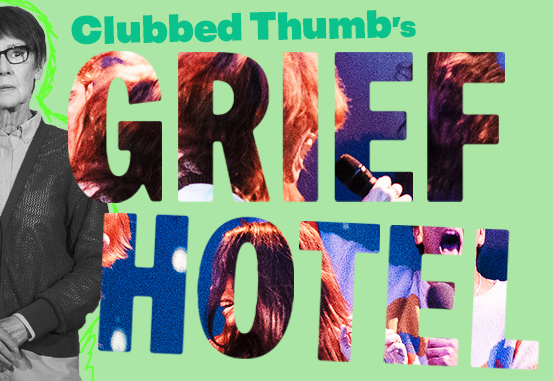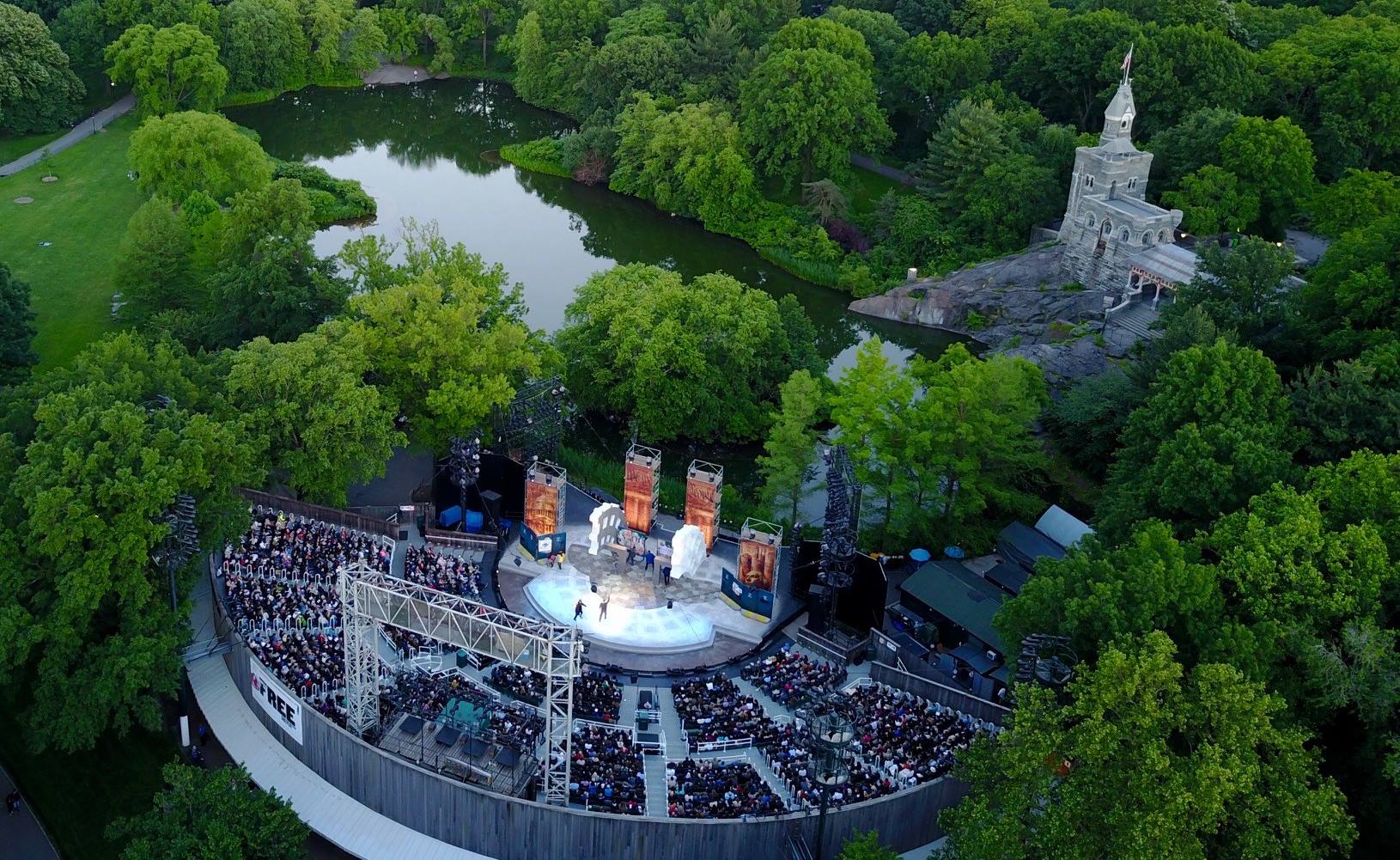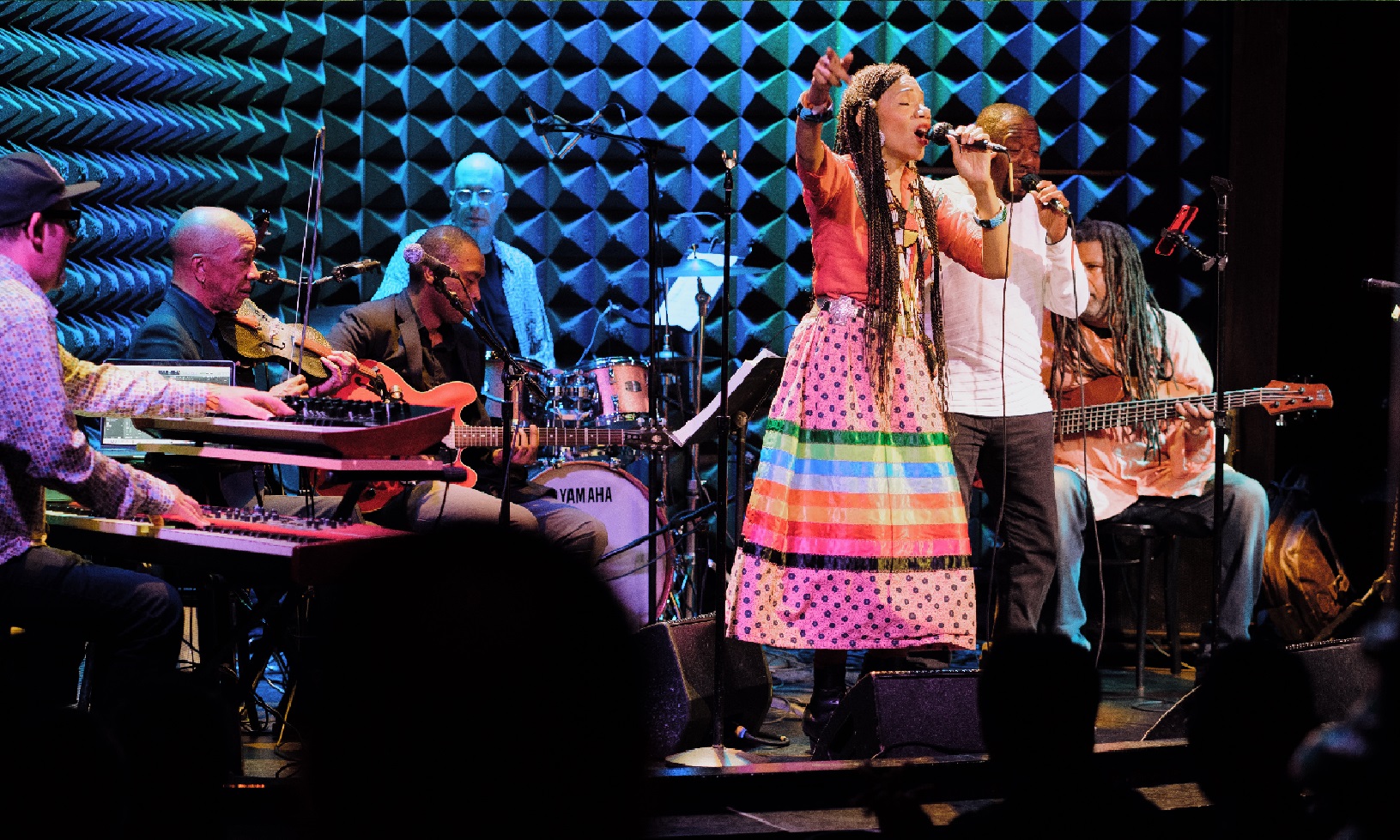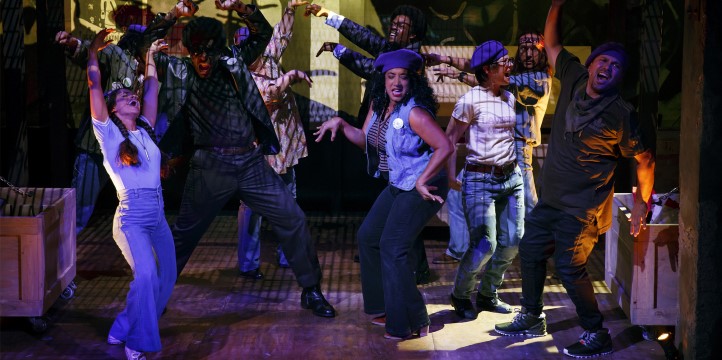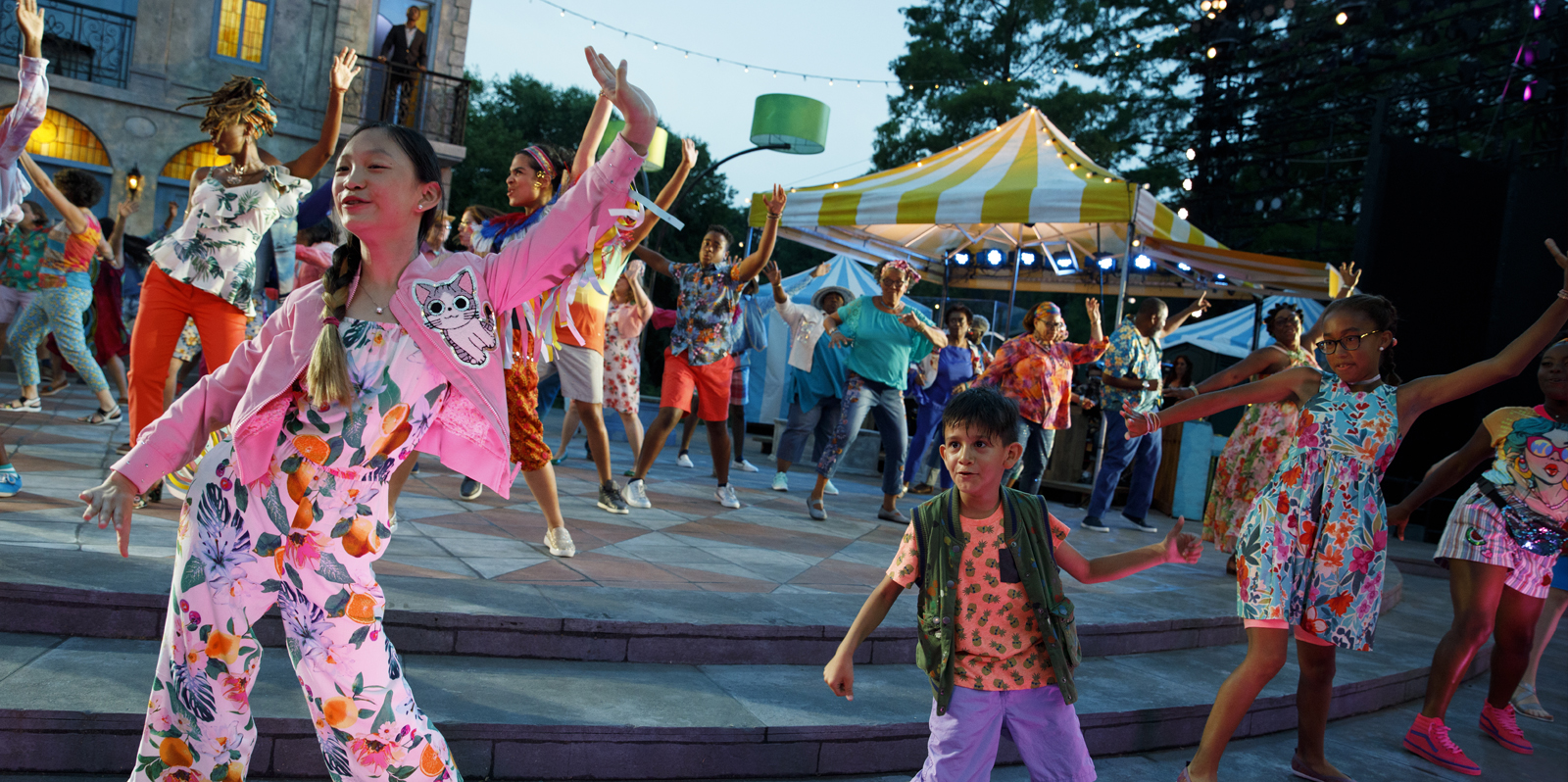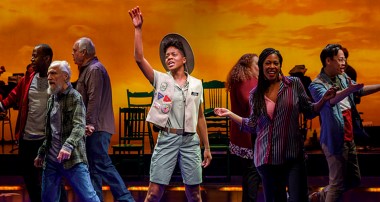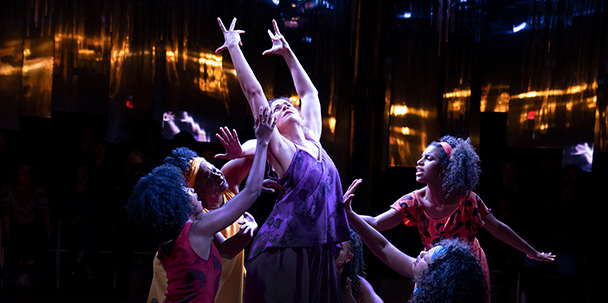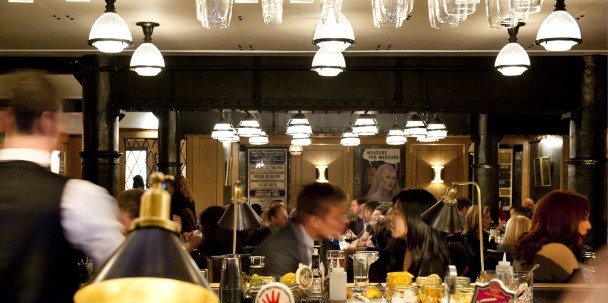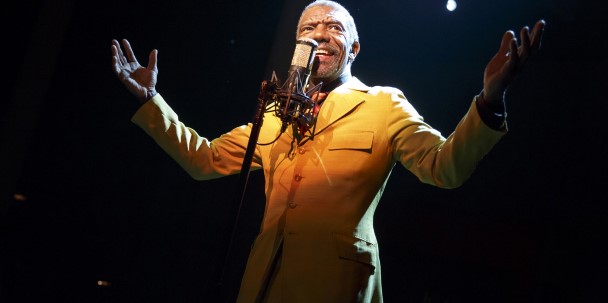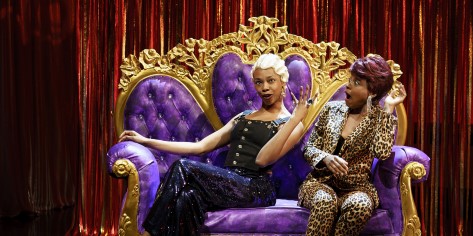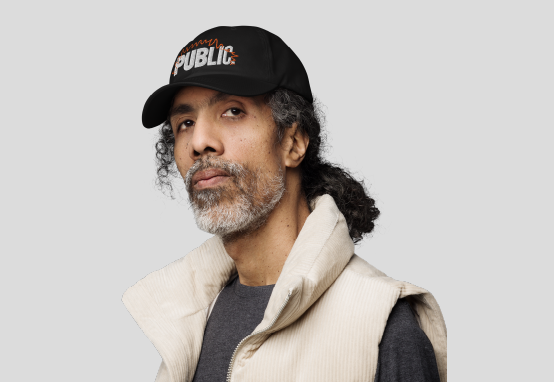Gail Papp - wife to our founder Joe Papp - began working at The Public in the very early days of the organization (before the two married in 1976). In celebration of Women’s History Month, she answered some questions via email about how her role and the role of other women has changed as The Public has evolved.
Can you tell us what you did in your role at The Public as the Director of the Department of Play and Musical Development?
In the beginning (1966) there was no “department” per se because we were a small startup group with little prior experience in developing new work for a producing theater... I was then the “Assistant to the Producer” (the only person in Producer Joe Papp’s office) and in that capacity I organized a free lance staff of Play readers. I also read scripts in my spare time after work, because I had been reading them for other organizations for several years. If a play was recommended, it got a second reading, and if that opinion concurred with the first one, I saw to it that Joe received both reports. It was then up to him whether he chose to read the play himself. Play readers were free to suggest a variety of other actions for his approval, such as a rehearsed reading with directors and actors recruited in collaboration with the Casting Director.
How did your role/s change over time?
My role changed significantly when Joe created a Play Department separate from his office and appointed a young Director to be in charge of it. When that person left to pursue his directing career, I got up my courage to ask for his job, and much to my delight Joe agreed even though it caused him some inconvenience. It meant that I separated from his daily producing concerns and was in charge of my own staff of five people, plus a freelance contingent of about 10 readers and scouts, and was responsible for my departmental budget. My major relationships were with writers and composers.
Initially, were there many women involved in The Public Theater’s administration?
I’ll turn to the statistics according to some of the early programs that I still have:
In 1966 there were 13 people on the “Staff for the New York Shakespeare Festival,” as the Public Theater was referred to for several years, which included our legal counsel and photographer. Of those, 6 were women with the following titles and affiliations: “Development Director, Assistant to the Producer, Casting, Community Relations Director, Programs.” By 1967 the administrative Staff had grown in one year from 13 to 29 people, of whom 12 were women, whose titles in addition to those above were: “Associate Development Director, Secretary, Receptionist, Development and Community Relations Assistants, and Sponsor Director.”
Leaping a decade ahead to 1977, the administrative Staff was now 64, of whom 24 were women with new titles such as “Subscription Director, Audience Development, Casting Director, Casting Coordinator, Assistant to the Associate Producer, Director of Plays and Musicals Development, Play Development Coordinator, Subscription, Managerial and Administrative Assistants, Property Staff, Receptionist, and Graphics.”
I’ll sprint ahead one more time to 1990 when there were approximately 99 on the permanent administrative Staff, of whom 35 were women. We had 24 departments, 8 of which were headed by women.
How did you see women’s roles at The Public change over time?
There was clearly an increase in important administrative roles for women at The Public. My focus, however, was on our creative constituency of playwrights, composers and directors. Though there were outstanding women artists associated with us from the beginning, this was a longer, harder road of eligibility than in the administrative area because it involved complex factors beyond training and academic credentials...
When we started in the 1960s there was an industry-wide resistance to the creative work of playwrights, composers and directors who were women in the theater. Although that certainly didn’t apply to The Public, I believe it affected the aspirations, horizons and opportunities of young women at that time. As Joe’s inclusive orientation in the theater became known, more and more women felt encouraged to approach The Public with their work.
Were there any women that stood out to you during the early days of The Public and why?
Oh my, there was such an array of fantastic talent in different categories in the early days, it’s against my better instinct to name just a few... But with that caveat foremost in mind, in the early days (1965-1991) here are some of the major talents who were involved with The Public Theater.
Playwrights and Composers: Adrienne Kennedy, Caryl Churchill, Elizabeth Swados, Kim Sherman, Meredith Monk, Ntozake Shange
Directors: Elizabeth Swados, Estelle Parsons, Gladys Vaughan, Graciela Daniele, JoAnne Akalaitis
Among actors this was the era of superb performances by: Gloria Foster, Kathleen Widdoes, Mary Elizabeth Mastrantonio, Frances Conroy, Colleen Dewhurst, Meryl Streep, Ruby Dee
The same era also saw major work at The Public of Costume Designers such as Theoni V. Aldredge and Jane Greenwoood, and of Lighting Designers such as Tharon Musser and Jennifer Tipton.

